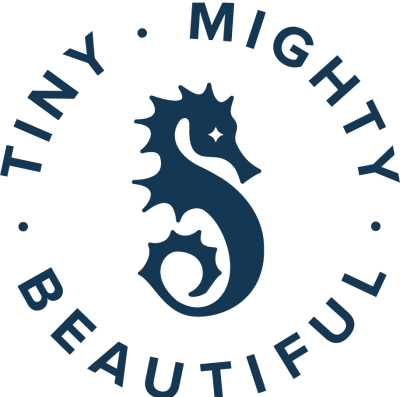Your cart
“leaves your hair feeling soft and full of volume”
- Abby P
“it lathers even better than my regular shampoo!”
- Alex G
“10/10 would recommend!!”
- Bobbie M
“really makes your hair feel clean while also keeping it soft and shiny”
- Kelly S, Hairstylist
“..do yourself a kindness”
- Kristin S
“makes my hair smooth, glossy, and lathers up great!”
- Lanie
“leaves hair clean, smooth and with an amazing shine”
- Lori S, Hairstylist
“even made my blonde a little brighter”
- Mikayla M
“..this right here is a game changer”
- Nycole, Hairstylist
“Completely blown away by everything about this shampoo”
- Sarah D, Hairstylist
“my new go to! great for travel, super lightweight. ”
- Tiffany C
“Absolutely love it!”
- Victoria, Salon Owner
Shop Best Sellers
Signature Shampoo Refill
(50 - 80 washes)
Regular price
$34.00
Sale price
$34.00
Regular price
Unit price
/
per
Taxes, discounts and shipping calculated at checkout
Subtotal (0)
$0.00


